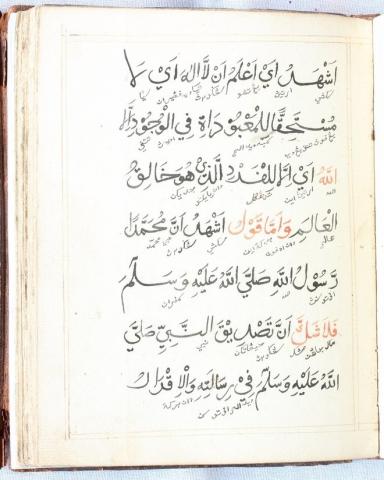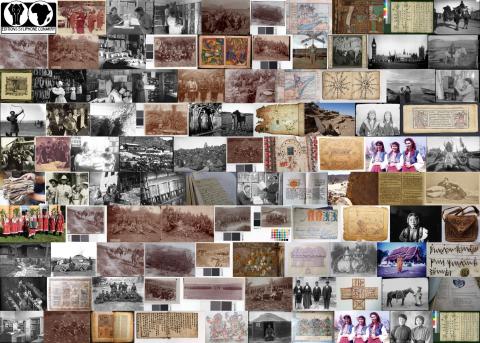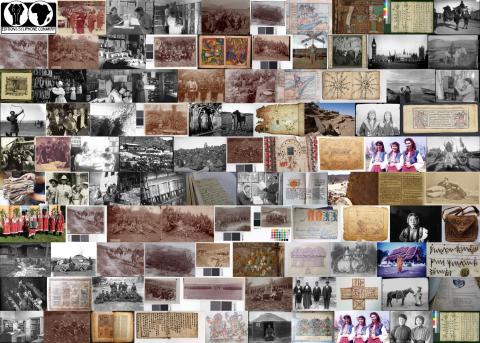
Aims and objectives
This project aims to conduct an extensive survey of the endangered Tamil, Grantha and Sanskrit palm leaf manuscript collections in Northern Sri Lanka and to digitise, digitally preserve and provide open access to a subset of those collections.The project will focus on Jaffna and Mannar districts. Initially, custodians will be contacted via the lists of contacts from Noolaham Foundation’s database. Additional outreach will be done through community awareness raising events and through field research.Smaller collections and fragile items shall be digitised as part of this project itself. About 12,000 images will be copied during this project. Any larger collections shall be deferred for a future project.
Noolaham Foundation is engaged in digital preservation and access activities since 2005. Their focus has been on contemporary print documents such as books, magazines, journals and newspapers. Over the years, they have come across a number of palm leaf collections and have digitised three small palm leaf collections. Noolaham Foundation is a community funded organisation and most of the funding is restricted to contemporary publications as needed by the wider community. An extensive survey of palm leaf manuscripts and digitisation hasn't been carried out due to budget constraints and the need for more specialist expertise and equipment. The project team will gain expertise in this area and will allow the team to undertake larger future projects, such as the digitisation of Eastern Sri Lankan manuscripts.
In Northern Sri Lanka, most of the traditional knowledge is preserved and passed on through oral traditions and through palm leaf manuscripts. A distinct body of literature focusing on traditional medicine, mathematics, astronomical observations, astrology, arts, folklore, local history, customs and laws etc. existed from 13th century onwards. Jaffna and surrounding areas were a focal point of intellectual activity during the 19th century, with record number of works being authored. The endangered materials containing verses and prose about indigenous medicine, astronomical observations, astrology, language, literature, grammar and lexicography, family histories, law, local history, art, architecture and folklore, were written during pre-industrial and colonial period. These works are of primary importance to the local Tamil speaking communities as sources of traditional knowledge. These works can aid the development of local arts and crafts. They are a source of cultural identity and heritage. They also are key primary resources for local history, law and customs. Thus, this material is very valuable to scholars, researchers and students from various fields, including social sciences, humanities and developmental studies. During the long years of war many important and rare documents have been lost. And that no one was in a position to save them. Thus preserving the remaining documents is critical for our communities. The material is endangered because of the continued political unrest in Northern Sri Lanka, poor preservation practices, poor storage facilities and lack of knowledge to transcribe these materials into other physical forms. The majority of the manuscripts are not under preservation. Many are sole surviving copies, and vulnerable to poor handling, weather conditions, natural disasters and systematic removal.
Outcomes
The team conducted more than 150 field visits for surveying and digitisation. Through this work, they identified 49 palm-leaf manuscript collections. Of the 49 collections, the team has fully digitised and described 21 collections of 135 palm-leaf manuscripts or works resulting in 29,458 images. Two thirds, or 71, of the 135 digitised manuscripts are in Tamil language and script. Forty eight are in Sanskrit and are written in Grantha script. Three manuscripts are in both Tamil and Sanskrit.
A survey in the form of a spreadsheet was submitted as part of the project outputs.





